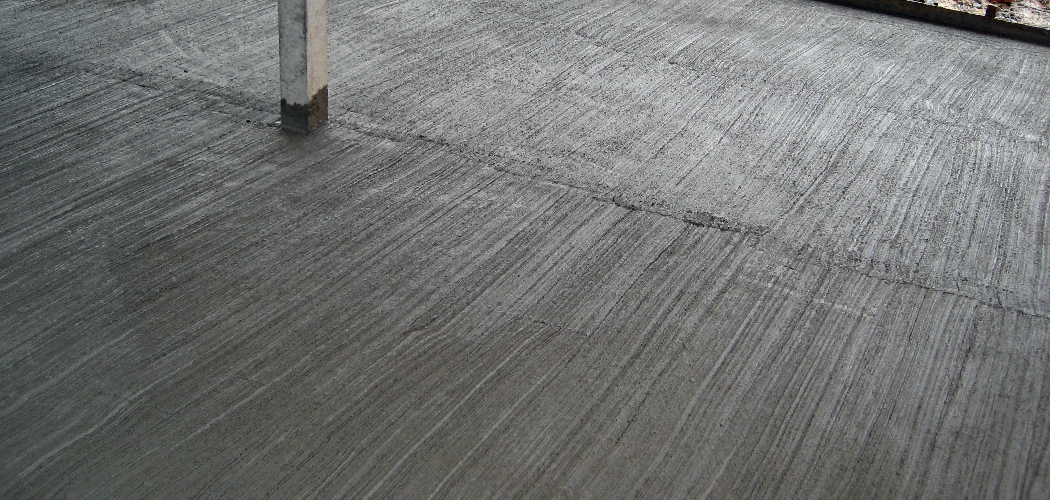Concrete floors are a durable and cost-effective flooring option commonly found in commercial buildings, industrial spaces, and even homes. However, concrete’s cold and grey appearance may not be aesthetically pleasing for everyone. Covering a concrete floor can help improve its overall look while also providing additional benefits such as insulation, soundproofing, and moisture resistance.
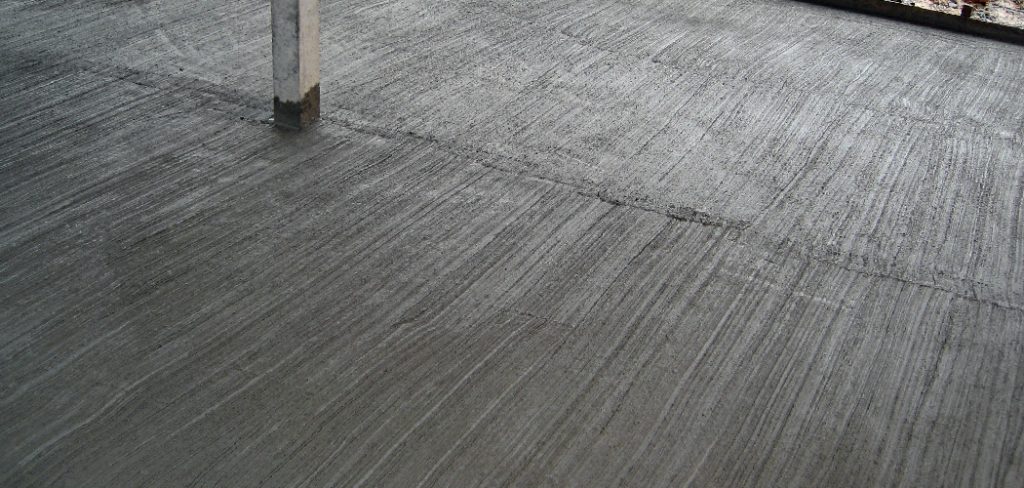
In this guide, we will discuss the different methods on how to cover concrete floors and the materials you can use to cover concrete floors. Whether you want to add warmth and color to your basement or transform your outdoor patio, there is a solution for every type of concrete floor. So let’s get started!
10 Best Methods on How to Cover Concrete Floors
1. Concrete Staining:
Concrete staining is a popular method for covering concrete floors as it provides a variety of color options and creates a unique, marbled appearance. This process involves using an acid-based stain or water-based dye to penetrate the concrete’s surface, creating a permanent color change.
It is essential to properly prepare the concrete surface before staining by cleaning and repairing any cracks or imperfections. Additionally, using a sealer after staining will help protect the color and make the floor easier to maintain.
2. Epoxy Coating:
Epoxy coating is another popular option for covering concrete floors, especially in high-traffic areas like garages and warehouses. The epoxy resin creates a strong and durable surface that is resistant to stains, chemicals, and heavy impacts.
The epoxy coating process involves applying multiple layers of a two-part resin onto the concrete surface, creating a glossy and seamless finish. It is also available in various colors and can be combined with different materials such as quartz or flakes for added texture.
3. Vinyl Flooring:
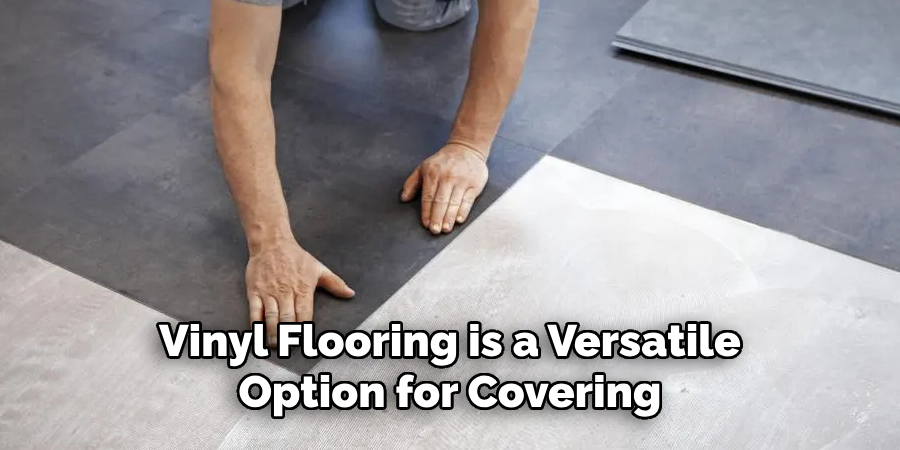
Vinyl flooring is a versatile option for covering concrete floors as it comes in various styles, designs, and colors. It is also easy to install and maintain, making it a popular choice for DIY projects.
There are different types of vinyl flooring options such as tiles, planks, or sheets that can be directly installed on top of the concrete surface or with a vapor barrier for added protection against moisture. This type of flooring is also budget-friendly, making it an excellent choice for those on a tight budget.
4. Using Carpet:
Carpeting is a familiar option for covering concrete floors, especially in residential settings. It provides warmth and comfort underfoot while also reducing noise levels. There are two main types of carpet installation on concrete floors: glue-down or stretch-in.
Glue-down involves using adhesive to secure the carpet directly onto the concrete surface, while stretch-in involves using tack strips around the perimeter of the room to hold the carpet in place. It is essential to use a moisture barrier before installing carpet on concrete floors to prevent mold and mildew growth.
5. Ceramic or Porcelain Tiles:
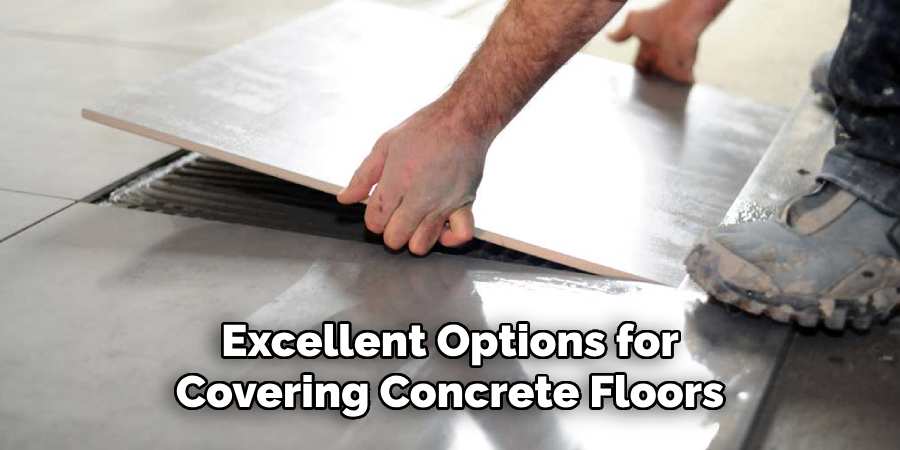
Ceramic or porcelain tiles are excellent options for covering concrete floors, especially in areas with high moisture levels such as bathrooms or kitchens. These types of tiles are durable, water-resistant, and easy to clean, making them a practical choice for high-traffic areas.
They also come in various sizes, colors, and patterns, allowing you to create a custom look for your space. It is essential to use an appropriate adhesive and grout when installing tiles on concrete floors.
6. Laminate Flooring:
Laminate flooring is a popular choice for covering concrete floors as it offers the look of hardwood without the high cost. It is also easy to install, making it a great option for DIY projects. The laminate planks come with an interlocking system that allows them to be installed directly on top of the concrete surface without any adhesives. Additionally, some laminate options come with foam underlayment, providing added cushioning and insulation.
7. Rubber Flooring:
Rubber flooring is a durable and slip-resistant option for covering concrete floors, making it ideal for areas such as gyms or playrooms. It comes in various colors and patterns, allowing you to create a fun and vibrant space.
This type of flooring is also comfortable to stand on for extended periods, making it a popular choice for commercial spaces. Rubber flooring is usually installed with adhesives or as interlocking tiles.
8. Wood Flooring:
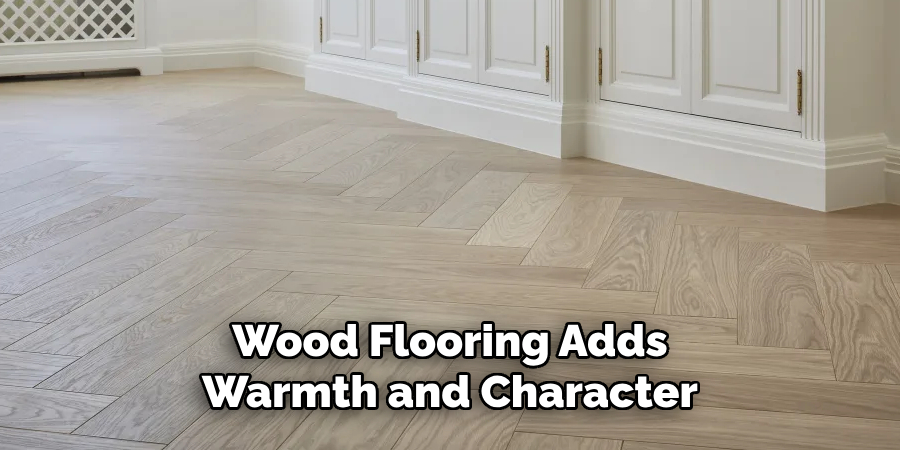
Wood flooring adds warmth and character to any space and can also be a suitable option for covering concrete floors. However, installing traditional hardwood directly onto the concrete surface is not recommended as moisture from the concrete can cause the wood to warp and crack.
Instead, engineered wood or floating floors are better options as they have a moisture barrier attached and can be installed without adhesives. It is also essential to allow the wood planks to acclimate to the room’s temperature and humidity before installation.
9. Decorative Concrete Overlays:
Decorative concrete overlays are a great option for covering concrete floors without having to remove or replace the existing concrete. This method involves applying a thin layer of cement-based overlay onto the concrete surface, which can then be colored, stamped, or textured to achieve the desired look. This allows for a custom and unique design without the cost and hassle of removing the concrete slab.
10. Area Rugs:
Last but not least, area rugs are an easy and practical solution for covering concrete floors. They add warmth, color, and texture to a room while also reducing noise levels. There are various types of area rugs available in different sizes, shapes, and materials to fit any space’s design and needs. They can be placed directly on top of the concrete surface or with a non-slip rug pad for added stability.
Following the tips and options mentioned above, you can transform your plain concrete floors into beautiful and functional spaces that suit your needs and style. Whether it’s for a residential or commercial setting, there is a suitable option for every budget and preference. So say goodbye to boring concrete floors and hello to stylish and practical flooring solutions. Happy decorating!
Additional Tips and Tricks to Cover Concrete Floors
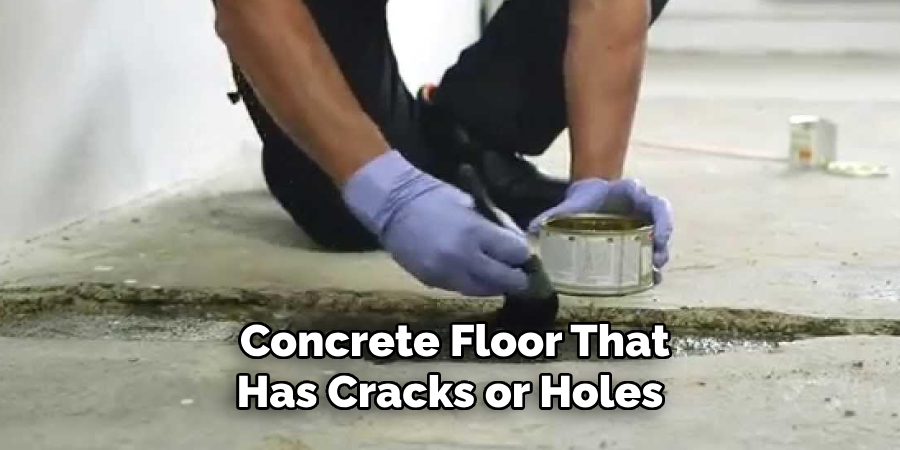
1. If you are dealing with a concrete floor that has cracks or holes, it is important to fill them in before applying any kind of finish. This will prevent the finish from settling into the cracks and creating an uneven surface.
2. When choosing a sealant for your concrete floor, make sure to read the label carefully and choose one that is specifically designed for use on cement surfaces. This will ensure that the sealant is strong enough to withstand foot traffic and other wear and tear.
3. If you are planning on painting your concrete floor, it is best to use concrete paint or epoxy coating rather than regular wall paint. Concrete paints are specially formulated to adhere to concrete surfaces and provide better durability.
4. Before applying any type of finish, thoroughly clean and degrease the concrete floor to ensure proper adhesion. This can be done using a pressure washer or by scrubbing with a concrete cleaner.
5. If you want to add color to your concrete floor, consider using an acid stain or dye. These products penetrate the pores of the concrete and provide long-lasting color that won’t chip or peel like paint. Just be sure to follow the manufacturer’s instructions carefully for best results.
6. To protect your concrete floor from moisture and stains, consider using a penetrating sealer rather than a topical one. Penetrating sealers are absorbed into the concrete and protect without altering the appearance or texture of the surface.
7. If you have large cracks or uneven areas in your concrete floor, you may need to consider resurfacing or leveling the surface before applying any finish. This will ensure a smooth and even base for your chosen finish.
8. When applying any kind of finish, it is important to work in small sections and maintain a wet edge to prevent lap marks or uneven coverage. Using a paint roller with an extension pole can help make this process easier and more efficient.
9. If you are using a concrete stain or dye, make sure to protect yourself by wearing gloves, safety glasses, and a mask. These products can be corrosive and harmful if they come into contact with skin or eyes.
Following these tips and tricks can help you achieve a beautiful and durable finish on your concrete floors. Remember to always read and follow the manufacturer’s instructions, and take necessary safety precautions when working with any kind of chemicals or tools.
With proper preparation and application, your concrete floors can be transformed into functional and stylish surfaces that will last for years to come. Keep experimenting with different techniques and finishes to find the perfect look for your space. Happy decorating!
Things You Should Consider to Cover Concrete Floors
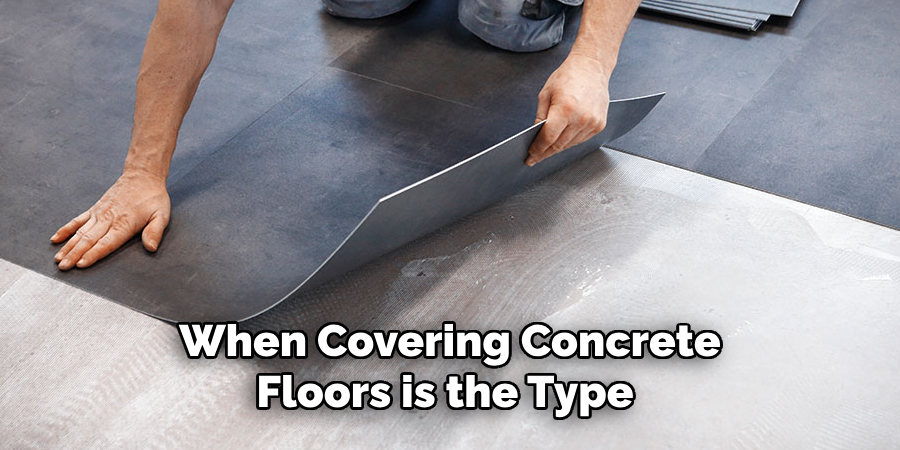
1. The first thing to consider when covering concrete floors is the type of flooring material you want to use. There are a variety of options available, each with its unique qualities and characteristics. Some popular choices include hardwood, laminate, vinyl, tile, and carpet.
2. Once you have chosen the type of flooring material, it is important to properly prepare the concrete surface before installation. This may involve cleaning, leveling, and sealing the concrete. It is also important to ensure that any cracks or imperfections are repaired before installing the new flooring.
3. Another consideration is the level of moisture in the concrete. If there is too much moisture, it can cause issues with certain flooring materials such as wood. It is important to test for moisture and take proper measures to mitigate any excess before installing the new flooring.
4. When covering a concrete floor, it is also important to think about insulation. Concrete floors can be cold and uncomfortable, especially in colder climates. Adding insulation underneath the flooring can help to improve comfort and energy efficiency.
5. In addition to insulation, it is important to consider the overall design and aesthetic of the space. The type and color of flooring can greatly impact the look and feel of a room. It is important to choose a flooring material that complements the style and decor of the space.
6. Budget is also an important factor to consider when covering concrete floors. Some flooring materials can be quite expensive, while others are more budget-friendly. It is important to research and compare costs to find a flooring option that fits within your budget.
7. Maintenance and durability are also factors to keep in mind. Some flooring materials require more maintenance than others, which should be taken into consideration when choosing the right option for your space. Additionally, if the space experiences heavy traffic or is prone to spills or stains, a more durable flooring material may be necessary.
8. It is also important to consider the installation process and whether it can be done yourself or if professional installation is required. Some flooring materials are easier to install than others and may require special tools or expertise. It is important to weigh the cost and difficulty of installation when making a decision.
9. Lastly, consider the long-term benefits of covering concrete floors. In addition to improving the overall look and feel of a space, certain flooring materials can also add value to your home. It is important to think about how your choice will impact your space in the future and whether it aligns with your long-term goals.
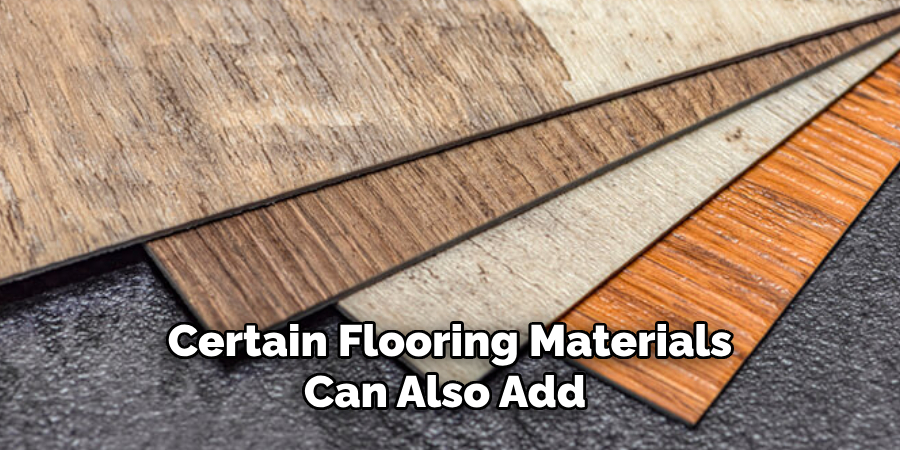
Following these considerations can help you make an informed decision when covering your concrete floors. Each factor should be carefully evaluated to ensure the best outcome for your specific space and needs.
With proper preparation and research, you can transform your plain concrete floor into a beautiful and functional part of your home. So take your time, weigh all the options, and choose the flooring material that will enhance your space and fit your lifestyle. So, make sure to consider all of these factors before making a decision! Happy flooring!
Common Mistakes to Avoid While Covering Concrete Floors
1. Not Preparing the Concrete Surface Properly:
When covering concrete floors, it is essential to prepare the surface properly before installing any type of flooring material. This includes cleaning and repairing any cracks or imperfections in the concrete. Skipping this step can result in an uneven or unstable base for your flooring, leading to potential issues down the line. It is crucial to take the time to properly prepare the concrete surface before moving on to the next steps.
2. Using the Wrong Type of Flooring Material:
Choosing the right type of flooring material for your concrete floor is essential. Some materials, such as hardwood or carpet, may not be suitable for concrete floors and can lead to problems like warping or mold growth.
On the other hand, materials like vinyl or epoxy are specifically designed for concrete floors and can provide a durable and long-lasting solution. It is important to do your research and choose the right type of flooring material that is compatible with concrete.
3. Not Considering Moisture Issues:
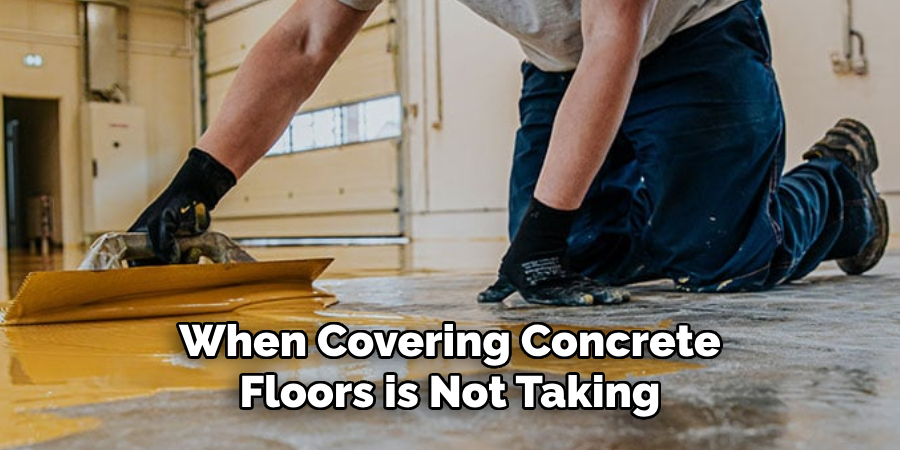
One common mistake when covering concrete floors is not taking into account moisture issues. Concrete is a porous material, and if moisture is not properly managed, it can lead to problems like mold growth or flooring damage. Before installing any type of flooring on concrete, it is crucial to check for any signs of moisture and take appropriate measures to address them.
4. Not Following Manufacturer’s Instructions:
It may be tempting to skip reading the manufacturer’s instructions when installing flooring on concrete, but this is a common mistake that can lead to issues. Each flooring material may have specific requirements for installation on concrete, and failure to follow these instructions can result in an improper installation or damage to the flooring. Make sure to carefully read and follow the manufacturer’s instructions to ensure a successful and long-lasting installation.
5. Rushing the Installation Process:
Covering concrete floors requires patience and attention to detail. It is important not to rush the installation process, as this can lead to mistakes and potential issues down the line. Take your time and follow each step carefully to ensure a proper and professional-looking installation. This is especially important for materials like epoxy, which require precise measurements and proper curing time.
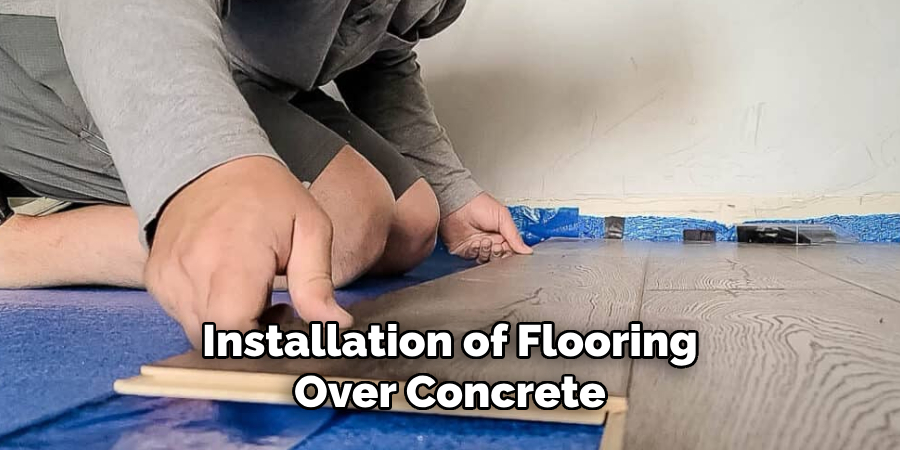
By avoiding these common mistakes, you can ensure a successful and long-lasting installation of flooring over concrete. Remember to always properly prepare the surface, choose the right type of flooring material.
Address any moisture issues, follow the manufacturer’s instructions, and take your time during the installation process. With proper care and attention, your concrete floors can be covered with beautiful and durable flooring that will last for years to come. So, it is crucial to take the time and effort to do it right the first time. Happy flooring!
Conclusion
Knowing how to cover concrete floors is a valuable skill to have. From basic maintenance to full-scale renovations, understanding the options available for covering concrete floors can help protect your surfaces and enhance the aesthetics of your space.
In this guide, we discussed several methods for covering concrete floors, including epoxy coatings, paint, and various types of flooring materials such as tile, vinyl, and carpet.
We also explored the benefits and potential drawbacks of each option, as well as the cost and difficulty levels involved in their installation. Having this knowledge can help you make informed decisions when it comes to covering your concrete floors. Happy renovating!
